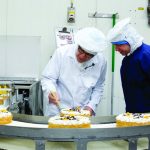In early 2015, a new freezing installation went into operation at Maître Paul, the well-known manufacturer of cakes and pastries. The ultra-rapid freezing of products now makes it possible to maximise their freshness. The freezing process has, furthermore, become more economical and sustainable.
Maître Paul started in 1972 as a biscuit factory and now twenty tonnes of deep-frozen cakes and pastries roll off its conveyor belts every day. The company asked Equans to design a new freezing installation for it – bearing in mind the requirements of continuity, quality and sustainability. In response, Equans has designed and realised a central installation which runs on environmentally-friendly NH3 (ammonia) and CO2. Close cooperation between the customer and various Equans companies meant that specialist knowledge from different disciplines could be combined.
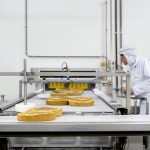
The realisation of the new freezing installation began in 2014. It involved the replacement of five spiral freezers and a deep-freeze store which ran on almost eight tonnes of R22. Replenishment with this refrigerant has been forbidden since 2015 so leaks in installations can cause prolonged breakdowns.
“And that risk is unacceptable,” explains Louis van den Broek. Van den Broek is the head of technical services at Maître Paul. “If the freezing installation breaks down, our production grinds to a halt. Apart from that, it is crucial that our cakes are frozen as fast as possible. The faster they are frozen, the lighter and fresher they remain.”
The first improvements were visible right after the installation, says Van den Broek. “The old freezer took three hours to arrive at the correct temperature from start-up but the new installation takes less than three quarters of an hour. That difference yields an enormous energy saving in itself.
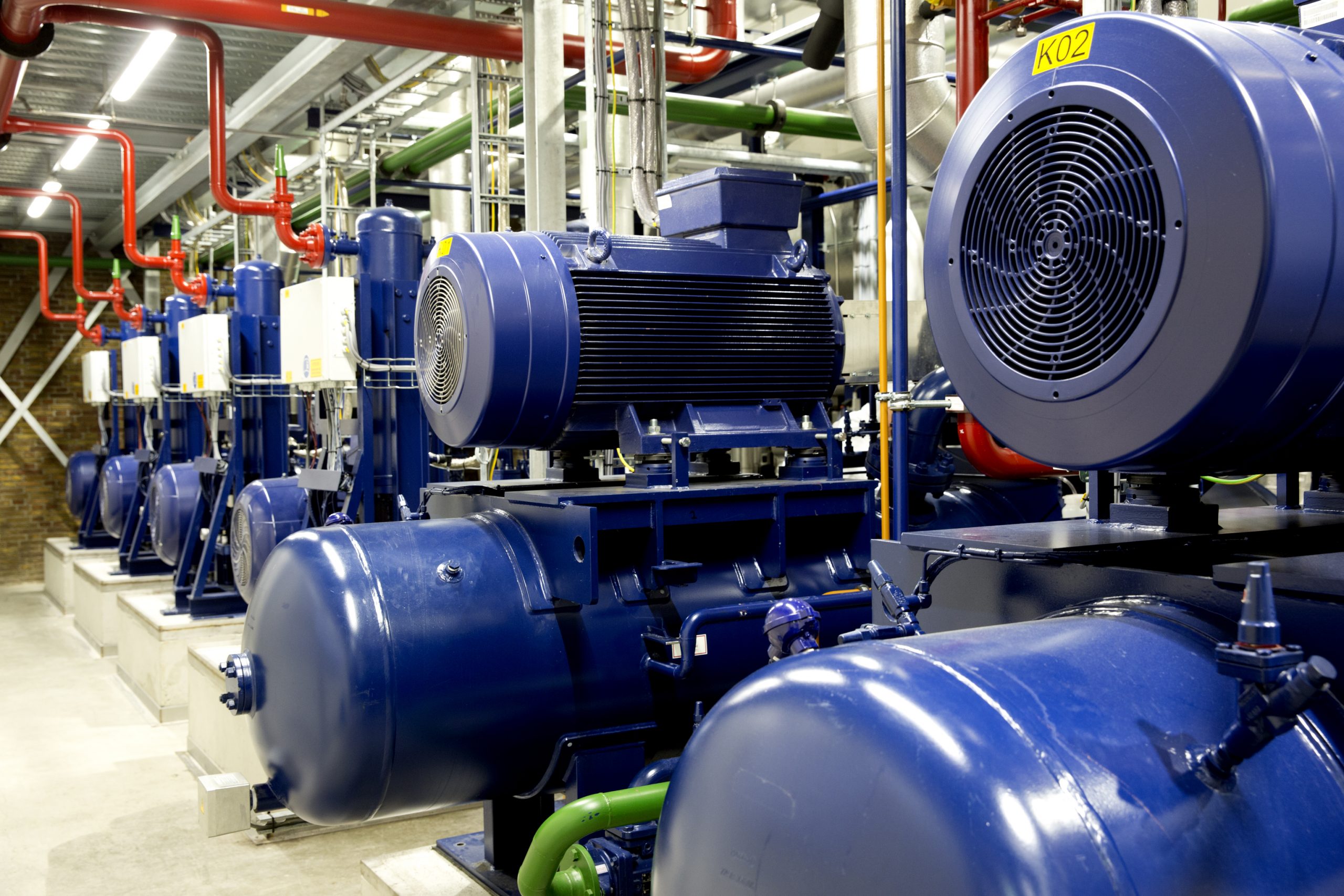
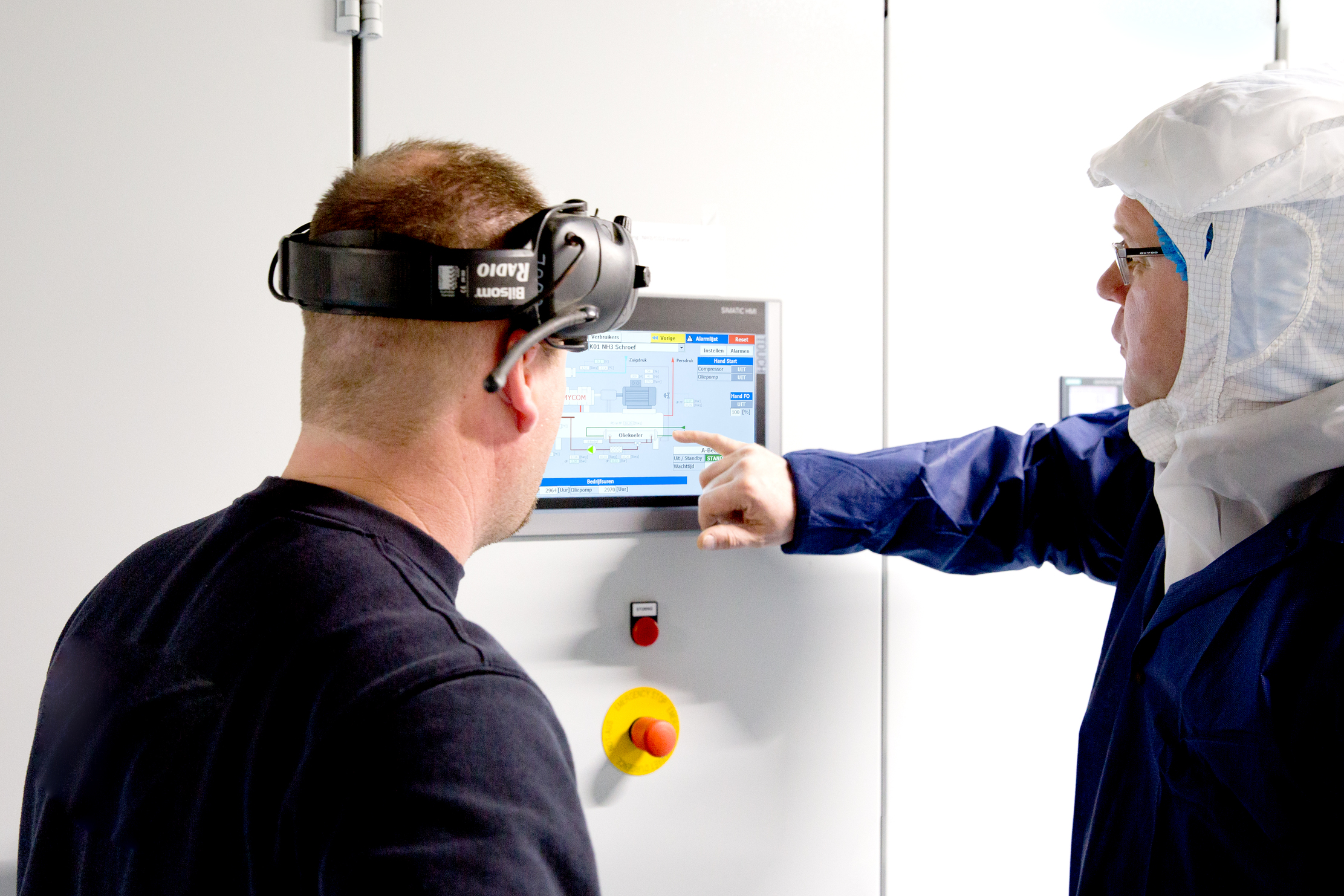

“We are going to monitor the energy consumption of the new installation carefully,” Louis continues. “Sixty percent of the energy we use is intended for the refrigerating installations. If we can save ten percent on them alone, that yields an advantage of tens of thousands of euros annually. We will also be carrying out the fine-tuning of the installation, which has yet to take place, in cooperation with Equans. We will be optimising the process jointly, on the basis of the extensive visualisation/recording system and the kWh meters, among other things.”
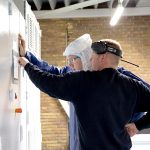
Louis van den Broek will continue to follow the performance of the new freezing installation closely. “We can already conclude that the results of freezing with CO2 are much better than with the old situation, using R22. I am very curious to know what other advantages our new installation will yield.”

